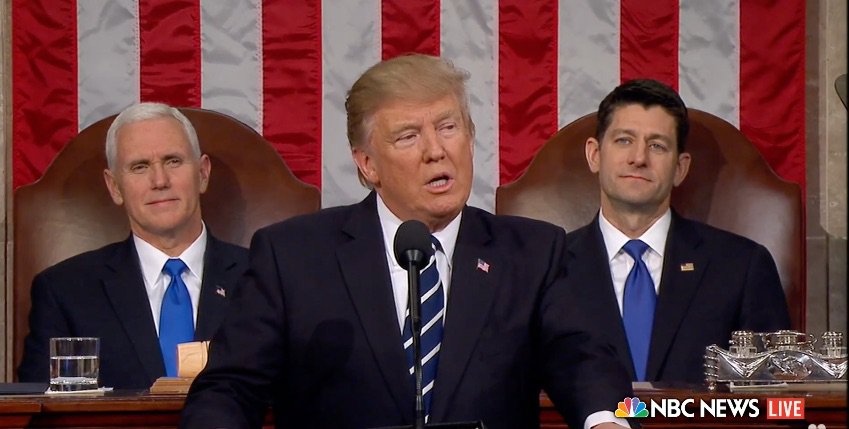The Republicans have kicked off the New Year with an earnest effort to sell the American public on the benefits of the tax bill just passed. It’s better than nothing, but if they hadn’t put the cart before the horse in the first place, they might not be in as much of a mess.
To be sure, achieving the first major overhaul of the U.S. tax code in 30 years without the single vote of a single Democrat is a considerable accomplishment. And, unlike the Affordable Care Act – with all the regulations and other nonsense Barack Obama piled on the economy in his first two years – the Tax Cut and Jobs Act of 2017 will be a boost to the economy rather than a drag. Still and all, telling the voters they should be for it because it puts more money in their pockets (or, more accurately, leaves it there in about nine out of 10 cases) doesn’t really constitute a Reaganesque vision for a more prosperous America in which each citizen has a vested share.
Hopefully things will turn towards the better, and soon, meaning the Republicans will retain control of Congress through 2020 and be able to pass additional tax cuts, continue to lessen the size of government, remove unnecessary and counter-productive controls on productive economic activity, and set the stage for another long boom like the Reagan tax cuts kicked off back in the early 80s. But time and the narrative are not yet on the GOP’s side.
Like it or not, even with relatively low rates of inflation for much of the last decade, the purchasing power of the dollar has declined. Families are felling pinched, which is part of the reason many of them voted for President Donald Trump in the first place. He had a plan to revive the economy; Clinton didn’t. She was looking out for Wall Street, not Main Street, which, to be honest, was not a constituency she really knew or, for that matter, cared to know.
Trump is different. Like him or not, he made his money by building things: apartment houses, luxury hotels and condominiums, resorts and golf courses, all of which brought him into contact on a frequent basis, at least once upon a time, with what was once quaintly referred to as “the working man.” He knows what makes them tick even if he isn’t, by any stretch of the imagination, one of them. And they will probably all be grateful, at least in the first year, for the extra $1,300 or so they’ll have to spend or salt away. But by year two they will have realized that it’s just not enough.
What Reagan understood – probably because of the years he spent on the road talking to workers at GE facilities all over the country – was that what the working men and women of America really want is a chance, a fair shot at the American dream.
Of late they feel like that’s something they’ve been cheated out of by the politicians in Washington who do the bidding of special interests and the paper-pushing corporate titans and brokers who put multibillion dollar deals together that fatten their own bottom lines while leaving their employees jobless.
The last decade has been bad for a lot of people – the folks in the middle most of all. Government policies have chased jobs and investment away. The tax reform package will help bring them back because it’s made America competitive in the world market. We’re a place to do business once again, but that’s got to be just the start rather than the finish if we’re going to get the kind of economic growth needed to lift us out of the mess things like TARP, TARP II and quantitative easing left us in.
The president’s instincts in this regard are sound. He knows what makes business work and what makes it fail. He’s had experience with both – which is why the art of the “comeback” is just as important as “The Art of the Deal.” The Republicans in Congress must decide if they are with him or against him, and if the tax reform package is the leading wedge of an effort to bring the American economy back, to restore hope and growth and opportunity, or if it’s just a one off to buy votes next November.
